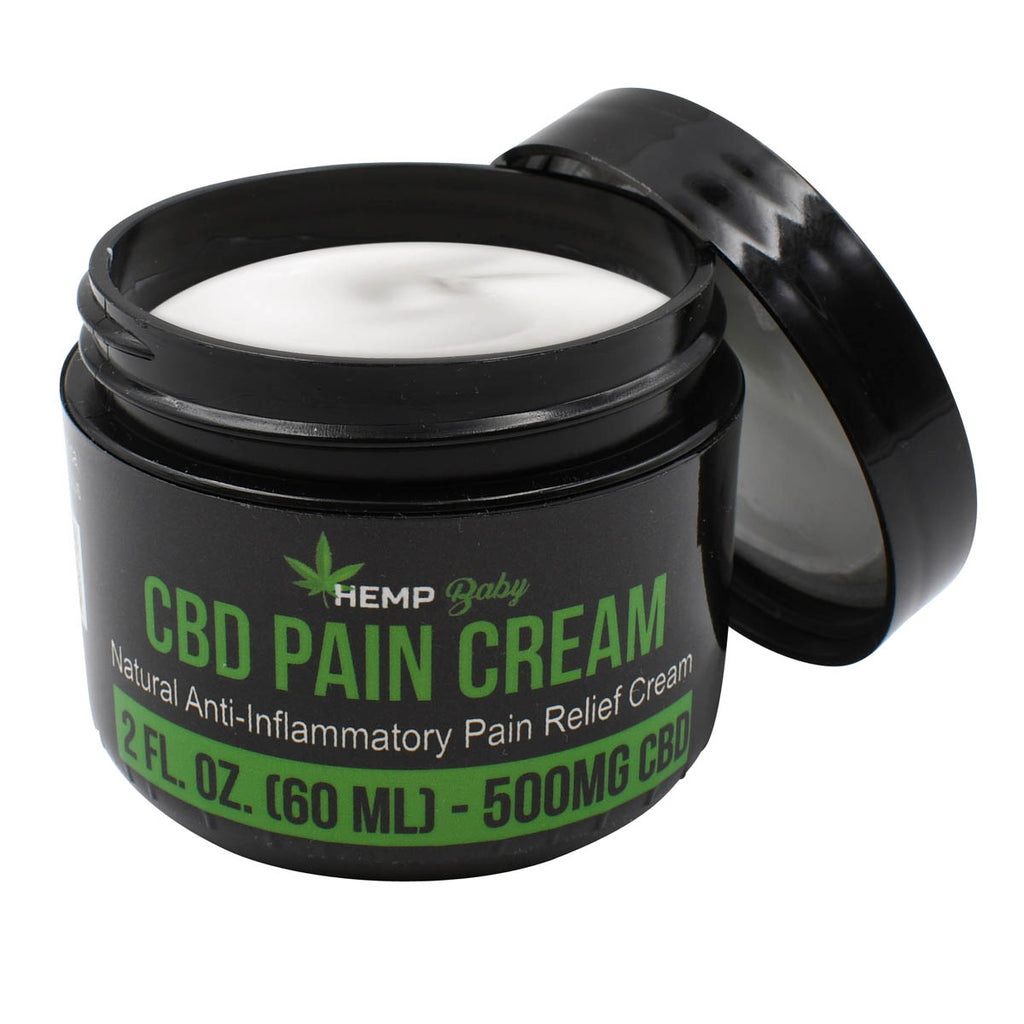Welcome Serenity CBD Arnica Balm: Transform Your Self-Care Rituals
Welcome Serenity CBD Arnica Balm: Transform Your Self-Care Rituals
Blog Article
Discover the Science Behind CBD Pain Lotion and Its Therapeutic Effects
As the demand for natural discomfort relief alternatives continues to increase, the clinical area has turned its focus to the healing impacts of CBD pain cream. From its anti-inflammatory properties to the complicated neurological impacts that modulate pain assumption, CBD's potential as a discomfort monitoring remedy is a topic of ongoing research study and clinical interest.
Endocannabinoid System and CBD Pain Alleviation
What function does the endocannabinoid system play in CBD discomfort alleviation? The endocannabinoid system (ECS) is a complex network of receptors, enzymes, and endocannabinoids that play a vital function in managing different physiological processes, including pain sensation. It interacts with the ECS to regulate discomfort understanding and swelling when CBD is applied topically or consumed. CBD applies its impacts by targeting cannabinoid receptors, particularly CB1 and CB2 receptors, which are plentiful in the main nerve system and immune cells, respectively. By binding to these receptors, CBD can hinder the transmission of discomfort signals and decrease swelling, resulting in discomfort alleviation.

Devices of CBD for Discomfort Monitoring
Checking out the elaborate devices through which CBD runs in discomfort monitoring exposes its prospective as an important restorative tool in relieving numerous kinds of pain. When CBD is administered, it regulates these receptors, influencing natural chemical launch and wetting pain signals.

Anti-Inflammatory Qualities of CBD
In illuminating the efficiency of CBD in pain management, a notable element lies in its potent anti-inflammatory residential or commercial properties. CBD, or cannabidiol, has actually garnered focus for its ability to regulate inflammatory actions within the body. Swelling is a complicated organic reaction that plays a critical duty in continue reading this the body's immune system, however when it comes to be chronic, it can add to different health and wellness problems, consisting of discomfort. CBD interacts with the endocannabinoid system, especially targeting CB2 receptors located in the immune cells. By triggering these receptors, CBD can aid lower and regulate immune feedbacks inflammation.
Researches have shown that CBD can prevent inflammatory arbitrators and cytokines, thereby wetting the inflammatory cascade. This anti-inflammatory effect is specifically encouraging for conditions characterized by chronic swelling, such as joint inflammation, inflammatory digestive tract disease, and neuropathic discomfort. By reducing inflammation, CBD not only deals with the symptoms yet additionally targets the underlying source of pain, making it a valuable restorative representative for handling a variety of inflammatory conditions.
Neurological Effects of CBD on Discomfort
CBD exerts profound neurological effects on discomfort assumption via its interaction with certain receptors in the main nervous system. By affecting the task of these receptors, CBD can aid control pain sensitivity and swelling, using potential therapeutic benefits for individuals experiencing from different kinds of discomfort problems.
Studies have actually shown that CBD's activity on the endocannabinoid system a knockout post can bring about the restraint of discomfort signaling paths, reducing the understanding of pain. Additionally, CBD has been discovered to have neuroprotective homes, which can aid minimize neuropathic discomfort by shielding neurons from damage. The capability of CBD to modulate discomfort at a neurological level makes it a promising choice for handling chronic discomfort conditions where typical therapies may drop short.
Scientific Studies Sustaining CBD Discomfort Alleviation

Verdict
In final thought, the scientific research behind CBD pain cream reveals its potential healing effects via the modulation of the endocannabinoid system. CBD's mechanisms for discomfort administration include a knockout post its anti-inflammatory residential or commercial properties and neurological results on pain perception. Clinical research studies sustain the usage of CBD for discomfort alleviation. Additional research study is required to completely understand the degree of CBD's benefits in handling various kinds of pain.
As the need for natural pain alleviation options continues to rise, the clinical neighborhood has actually turned its interest to the healing impacts of CBD discomfort cream. From its anti-inflammatory residential properties to the complicated neurological impacts that regulate pain understanding, CBD's prospective as a pain monitoring remedy is a subject of ongoing study and scientific passion.Building upon the understanding of CBD's neurological results on discomfort perception, professional research studies have actually supplied important insights right into the efficacy of CBD in providing pain alleviation. A study released in the European Journal of Discomfort demonstrated that applying CBD topically minimized discomfort and inflammation in rats with arthritis without any apparent side effects. CBD's devices for pain management include its anti-inflammatory residential properties and neurological impacts on pain understanding.
Report this page